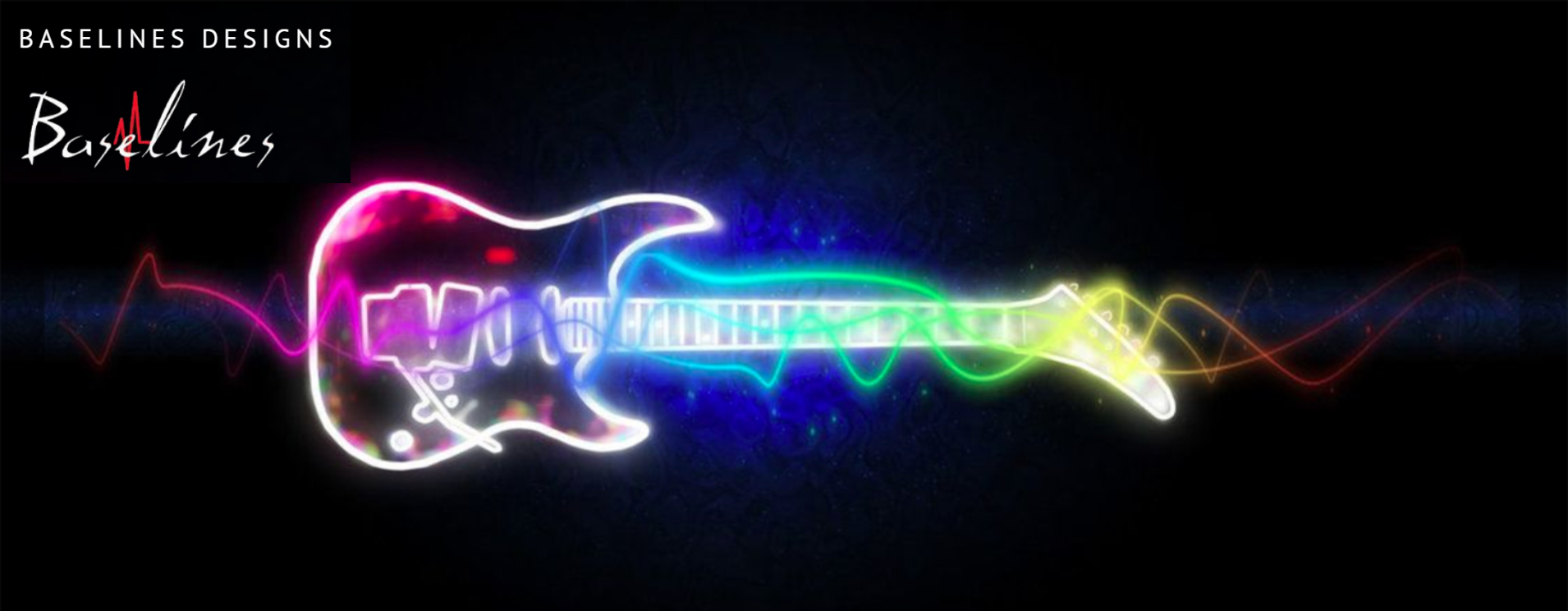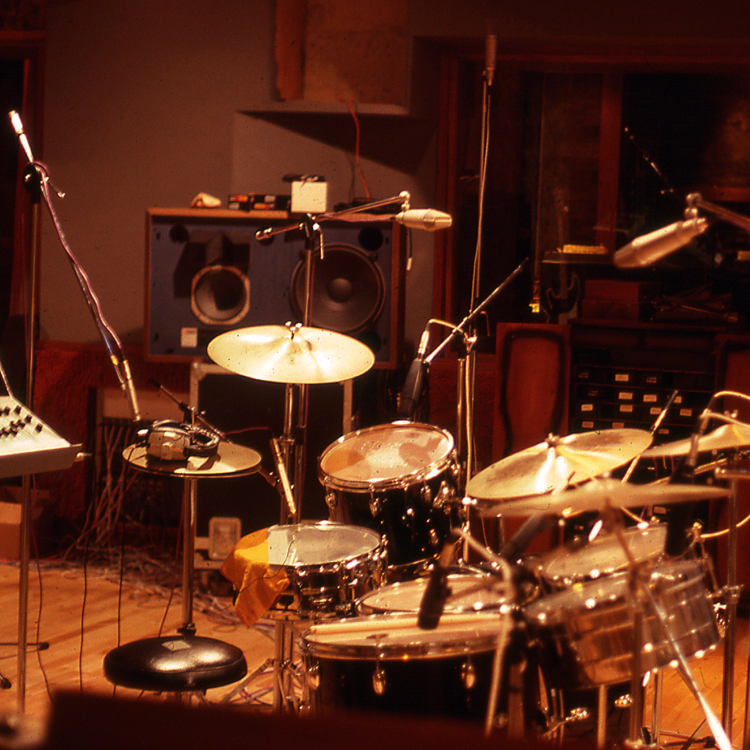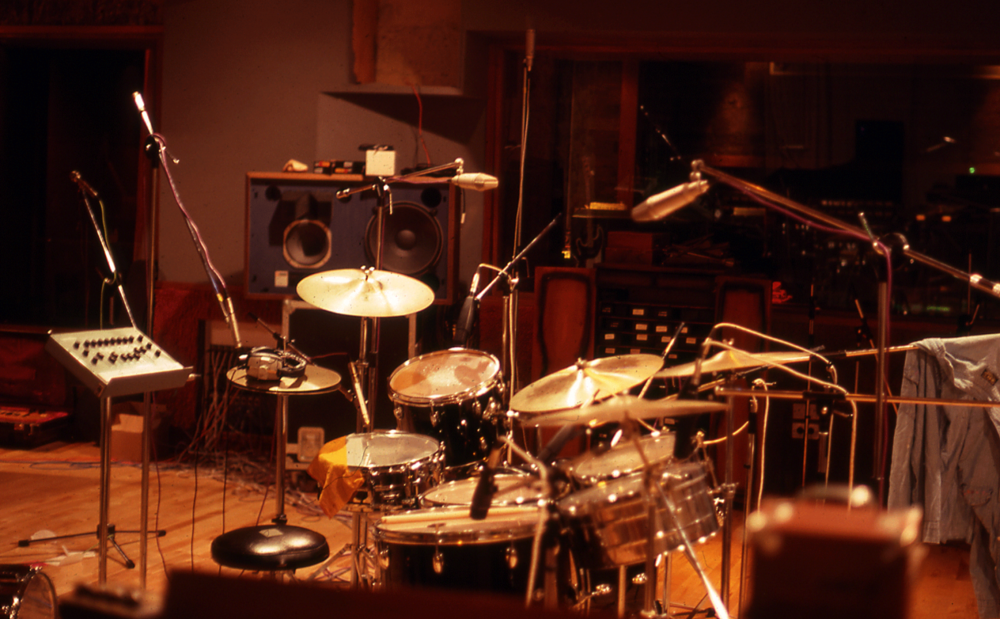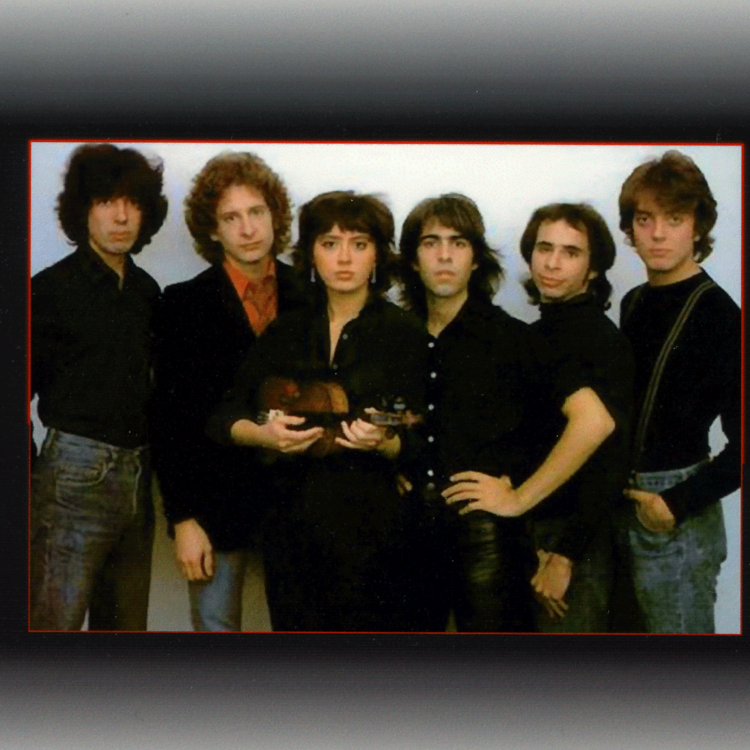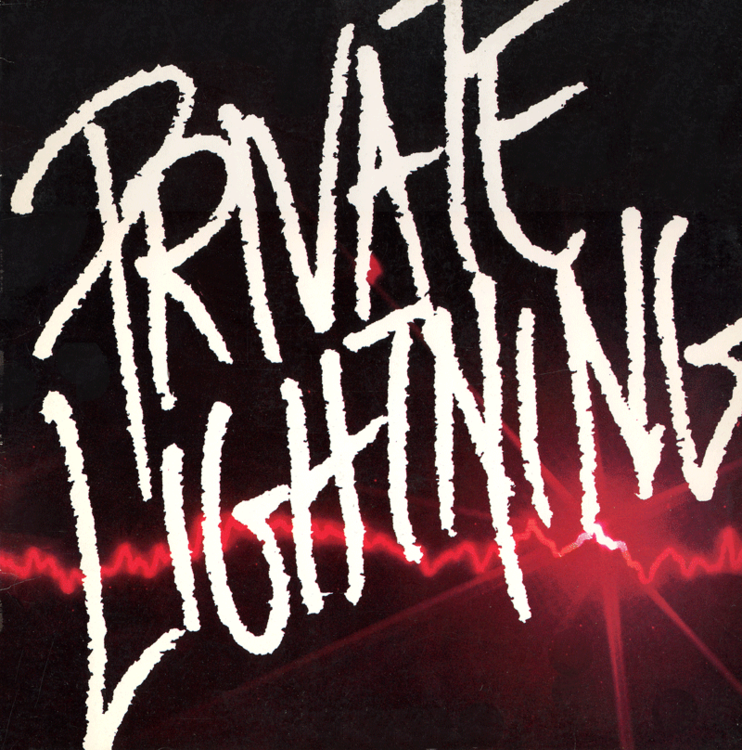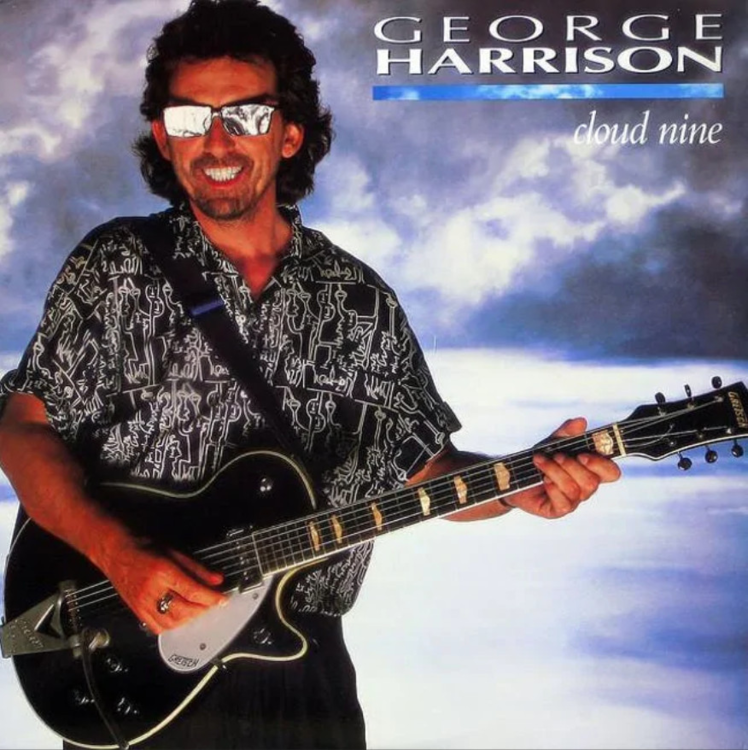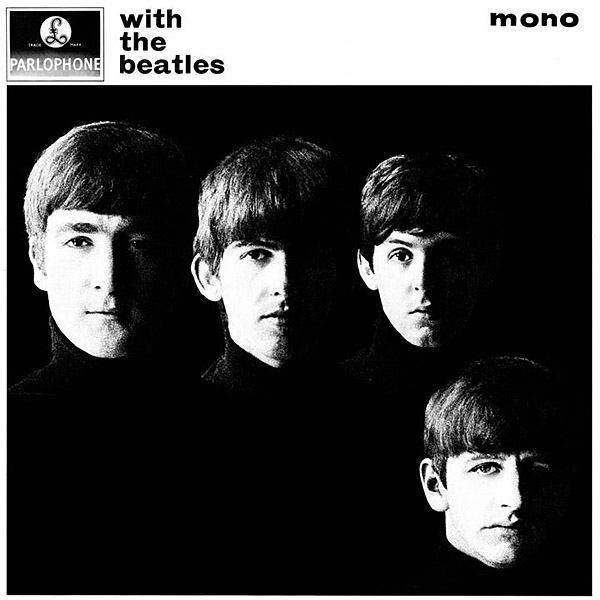-
Posts
1,465 -
Joined
-
Last visited
Everything posted by steve@baselines.com
-
Thanks Nigel!
- 10 replies
-
- www.baselines.com
- tina turner
-
(and 1 more)
Tagged with:
-
Here's a cover of Tina's song 'What's Love Got To Do With It' - Sung my @therealmadamez and guitars by @turbomaus on Bandlab. I play the other instruments and produced. https://baselines.com/?p=5822
- 10 replies
-
- 1
-

-
- www.baselines.com
- tina turner
-
(and 1 more)
Tagged with:
-
Yes it is a cover I did. I don’t know why anyone would post the original song here or something someone else did. Thank you for listening and commenting!
- 4 replies
-
- www.baselines.com
- private lightning
-
(and 2 more)
Tagged with:
-
I just finished a book about Warren Zevon. What a tortured soul. I love this song and related to him on a number of points. This is from the Excitable Boy album which I wore out on my turntable back in the 70s. https://baselines.com/?p=5816 Hope everyone is having a great Christmas or holiday season wherever you are. Keep the faith. Steve
- 4 replies
-
- 3
-

-
- www.baselines.com
- private lightning
-
(and 2 more)
Tagged with:
-
Here's another song from the Private Lightning album. I play bass on this. http://baselines.com/?p=5797
-
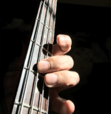
Physical Speed - Private Lightning
steve@baselines.com replied to steve@baselines.com's topic in Songs
Thanks Lynn! -
The picture here is the studio where this song was recorded, with the drum setup. This was AIR studio in Montserrat before it got destroyed by a hurricane. I played Bass Guitar on this one. https://baselines.com/?p=5800
-
Here is another song from the Private Lightning band. I play bass on this one. https://baselines.com/?p=5791
-

Physical Speed - Private Lightning
steve@baselines.com replied to steve@baselines.com's topic in Songs
Thanks a lot Mark - it was a lot of work, but it was an incredibly fun and rewarding period of time as well. -

Physical Speed - Private Lightning
steve@baselines.com replied to steve@baselines.com's topic in Songs
Thanks for listening Kevin! -
Eons ago, I was a founding member of a band called Private Lightning. We were lucky enough to put out one album on A&M records, but they screwed up the whole manufacturing process on it and that was that. This was the single from that album, which I have worked on to make it much better than it was when it was released. I hope you like it and I will release more over the next few weeks. https://baselines.com/?p=5788
-
Thank you so much. On this one, another guy did the basics, so it is not exactly the same. On mine I usually pull the real version into the DAW, match the tempo and listen while I figure parts out. For the vocals, I usually sing along while listening and then let Melodyne do its magic. I try to make each instrument sound like the real thing by itself, then keep listening to the real version to try and duplicate the mix.
- 4 replies
-
- 1
-

-
- www.baselines.com
- beatles
-
(and 1 more)
Tagged with:
-
Thanks for the feedback! I usually take the tempo right from the record, but this time the basics were all done by the time I got involved. Steve
- 4 replies
-
- www.baselines.com
- beatles
-
(and 1 more)
Tagged with:
-

Controllers with USB/Bluetooth but not MIDI
steve@baselines.com replied to steve@baselines.com's topic in Cakewalk by BandLab
Thank you all for the feedback. Steve -
This is a cover of a Harrison song from 1987. @mojoespage from Bandlab did most of it. I added piano and he asked me to sing, believe it or not. https://baselines.com/?p=5785
- 4 replies
-
- www.baselines.com
- beatles
-
(and 1 more)
Tagged with:
-
I saw a Casio keyboard today that had USB and Bluetooth out but I saw no MIDI in/out. Does that work with Cakewalk? It must, but do I need a USB to MIDI adapter? I have an RME Babyface Pro as a USB interface device. Will cakewalk recognize this device if I just plug it into a USB port on my computer? Thanks in advance! Steve
-
SORRY!!! I answered my own question. For those that are as much of a dummy as me, here is the solution: I had guitar rig 5 on the buss. There was one device inside there (called 'Jump') that had a hidden panel with a stereo button in it. I set it to stereo and the problem is gone. Duh!
- 1 reply
-
- 1
-

-
Hi - for a while now I've been having an issue with this, wondering whether any of you nice folks have any input. I have a two tracks (either mono or stereo), and I route them to the same buss. If I pan one left and one right, it seems to have no effect on the new buss. If I listen to just the first track and pan it left, I hear it as a mono track in the send. If I pan it to the right it disappears. The same thing happens to the second track. If I leave them in the middle or pan them left, I hear them both, but no panning is reflected in the buss. If I reassign them to the master buss, they work fine and I can pan them individually any way I want. What am I doing wrong? Thank you.
-

MIDI: Beyond the Basics in Cakewalk by Bandlab
steve@baselines.com replied to Creative Sauce's topic in Tutorials
That's pretty good, thanks for the link. I understand most of that stuff, but picked up a few tricks. I'd really love to see a video for setting up multiple MIDI instruments the correct way - channels always screw me up.- 4 replies
-
- creative sauce
- midi
-
(and 2 more)
Tagged with:
-

a=440Hz Reference
steve@baselines.com replied to Traumwandler-Music-Projekt's topic in Feedback Loop
Slightly off topic, but I read this interesting article a while back about 440hz vs 432hz as standard. https://baselines.com/?p=5725 -
Nice job Freddy!
- 17 replies
-
- blues
- rockabilly
-
(and 1 more)
Tagged with:
-
Thanks Lynn! One thing that I was happy I could duplicate was McCartney's double stops (Root and 5th) in the bass during the verses. I don't think you'll find that in any of the pop songs of the time.
-
You are absolutely right my friend! I had to fight with the singer when he gave me his vocal track. It was actually the second track he sent. The first one was drowning! I took the second one and put it through RX to strip off some more of the vocals which degraded it a little further. I gave up and used the one I got. After asking once, if I don't get a dry track, I realize I am fighting a losing battle and move on!
-
Hi all, this is a cover of the song All I've Gotta Do by the Beatles. Doug Cross does the main vocal. https://baselines.com/?p=5764

